Antibiotic Awareness
Antibiotics – History, Present and Endangered Future
According to the BBC 700,000 people die each year from drug resistant infections.
Over the years bacteria has built a resistance to antibiotics in a similar way to how we as humans build a resistance to say chicken pox. Antibiotics do not work on infections caused by viruses, so taking them for colds, flu, most sore throats and bronchitis is a complete waste of time and money.
Following on from Antibiotic awareness week it seems appropriate to reflect on their history, looking at their past so we can use them correctly in the present and help to prolong their future.
What are Antibiotics?
Generally defined antibiotics are agents that kill bacteria, or inhibit the growth of bacteria. Most modern antibiotics are synthetic or semi-synthetic compounds although originally they were sourced from natural products. They generally fall into 2 categories, bactericidal – that directly kill the bacteria and bacteriostatic – that slow or prevent the growth or cell division of a given bacteria. Although some can be used for both purposes.
The Story So Far…
Although many would reference Sir Alexander Fleming with the discovery of antibiotics their story reaches much further back in history and can be summed up into 2 categories, early history and modern history.
Antibiotics in Early History:
- Indians and Greeks used plants and moulds to treat infections. In Serbia and Greece mouldy bread was a traditional treatment for infections and wounds.
- Warmed soil was used by Russian peasants to cure infected wounds.
- Sumerian doctors made a soup from beer, turtle shells and snake skins.
- Babylonian doctors healed eyes with a mixture of frog bile and sour milk.
- The army in Sri Lanka used oil cake (sweetmeat) as both an antibacterial and a desiccant.
Antibiotics in Modern History:
- England 1640 – John Parkinson recommended the use of mould in his book on pharmacology.
- England 1870 – Sir John Scott Burdon-Sanderson observed that culture fluid covered in mould did not produce bacteria.
- England 1871 – Joseph Lister experimented with the antibacterial action on human tissues describing it as Penicillium Glaucium.
- England 1875 – John Tyndall explained to the Royal Society the antibacterial action of Penicillium Fungus.
- 1877 France – Louis Pasteur put forward the proposition that bacteria could kill other bacteria.
- 1897 France – Ernest Duchesne healed typhoid infected guinea pigs using mould (Penicillium Glaucium)
- 1928 England – Sir Alexander Fleming discovered enzyme lysozyme and the antibiotic penicillin from the Penicillium Notatum.
- 1932 Germany – Gerhard Domagk discovered Sulfonamidochrysoidine (Prontosil).
The term antibiotic was coined in 1942 by Selman Waksman to describe the discovery of Streptomycin, Chloramphenicol and Tetracycline in the 1940’s and 50’s.
An Australian called Howard Florey led a team that included German biochemist Ernst Chain who were able to produce antibiotics at Oxford University. Alexander Fleming, Howard Florey and Ernst Chain shared the 1945 Nobel Prize for Medicine for ‘the discovery of penicillin and its curative effect in various infectious diseases’.
Antibiotic Resistance
Today, doctors and medical professionals are prescribing antibiotics more judiciously due to the amount of bugs that are either resistant or becoming resistant to our already stretched antibiotics.
MRSA or Methicillin-Resistant Staphylococcus Aureus is known as a super-bug and is responsible for several difficult-to-treat illnesses in humans.
Antibiotic resistance in bacteria is something we should as a species be quite wary of. Not only does it mean that bugs are appearing that antibiotics cannot deal with, but existing bacteria are evolving to be resistant as well.
There are 4 main ways a bacteria can obtain a resistance gene.
- During Transformation – This process could be described as bacterial sex where bacteria can join together and transfer DNA between each other.
- On small, circular, extrachromosomal pieces of DNA called plasmids. One plasmid can encode resistance to many different antibiotics like an immune system.
- Small fragments of DNA known as transposons can jump from DNA molecule to DNA molecule. Once inserted into a chromosome or plasmid they can be stably integrated.
- By scavenging remnants of DNA from dead or degraded bacteria.
In an interview, shortly after receiving his Nobel Prize Alexander Fleming stated:
“The thoughtless person playing with penicillin treatment is morally responsible for the death of the man who succumbs to infection with the penicillin-resistant organism.”
This was a warning for the future use of antibiotics, that misuse will eventually give rise to resistant strains of bacteria.
If you are prescribed a course of antibiotics, you have to take the full ‘course’.
Too many people over the years have been prescribed a course for (for example) four weeks, then started to feel better after a week and decided to stop taking them. This is the reason or at least in part as to why bacteria is becoming resistant as the full course is not completely eradicating the bacteria, as the full course hasn’t been taken.
So, bacteria start to multiply in the system again and can build up resistance by learning what it was that destroyed the original bacteria, incorporating it into itself as described above and as if by magic we have resistant strains appearing. These start to multiply and the story begins again, except this time around we don’t have anything that can destroy the new resistant strains.
And this is what Fleming was trying to say regarding ‘playing with penicillin’. It has to be used as prescribed not as an individual feels. Even if a patient is feeling better, the infection is still in the body, just at lesser levels. So stopping the antibiotics at this point isn’t going to get rid of the infection and gives the bacteria the potential of gaining resistance.
So if you do get a cold or flu this winter, antibiotics are not going to help. The general consensus tends to be keep warm, plenty of fluids and Paracetamol for any fever, aches and pains.
If you are unfortunate enough to get an infection that requires antibiotics, do us all a favour and take the full course, don’t be tempted, even if you feel better, to stop taking them.
The Future of Antibiotics
In spite of all the downsides to antibiotics described here, there has been a recent upturn that was right under our noses, or to be more accurate – inside our noses. There has not been a new class of antibiotics discovered since the 1980’s, however a recently discovered bacteria in the nasal cavity of humans produces a compound that can be used to kill other microbes giving hope to the future of antibiotics, as long as they are not abused further.
Antibiotics can save people, the real question now is whether people can save antibiotics.
Ted Sturgeon

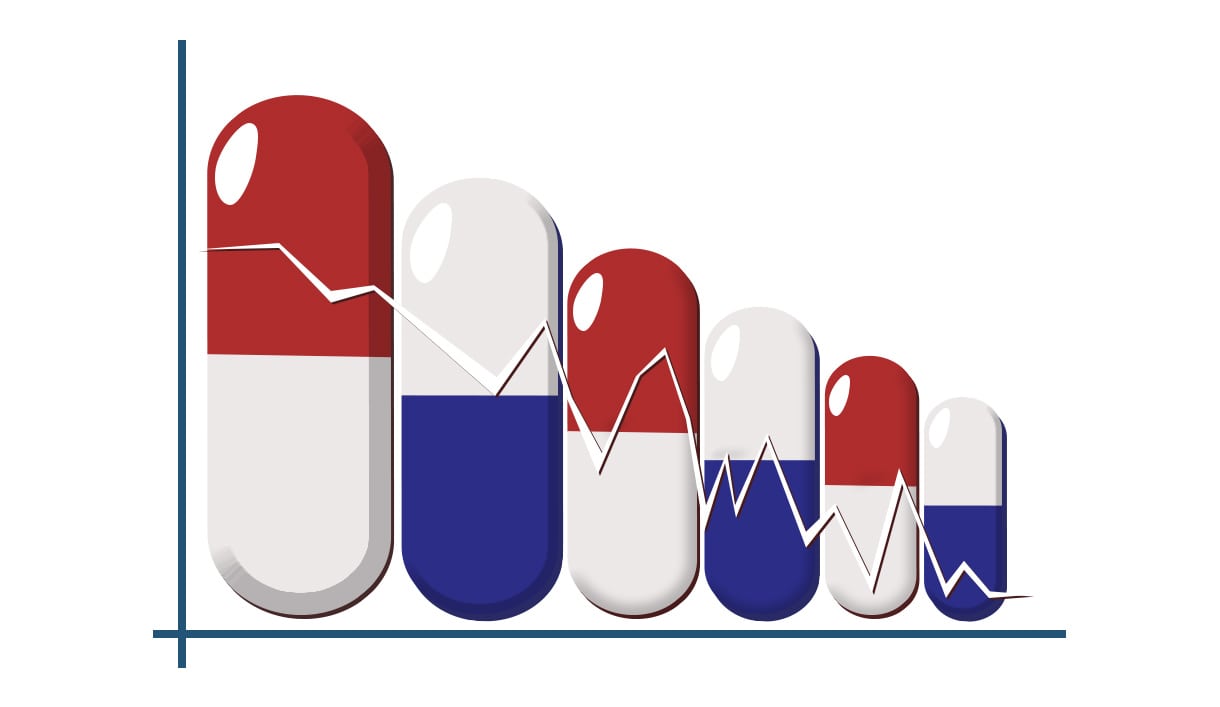
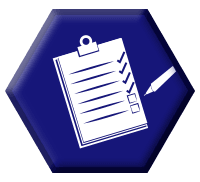
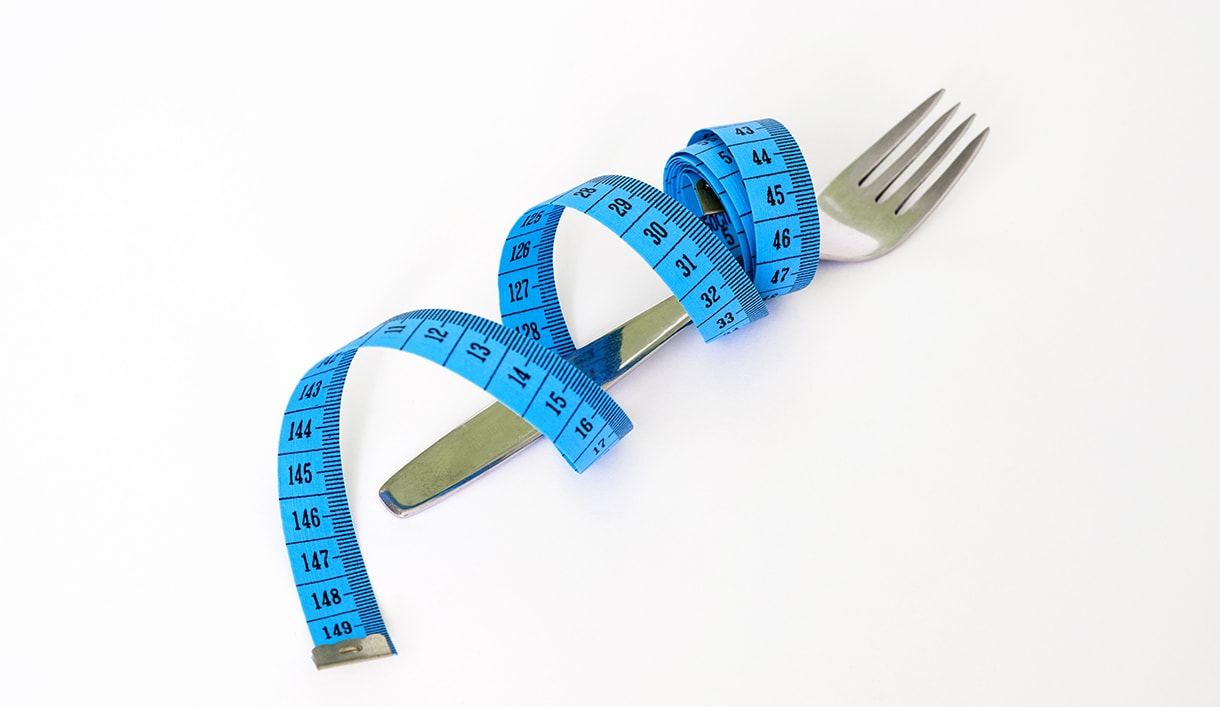
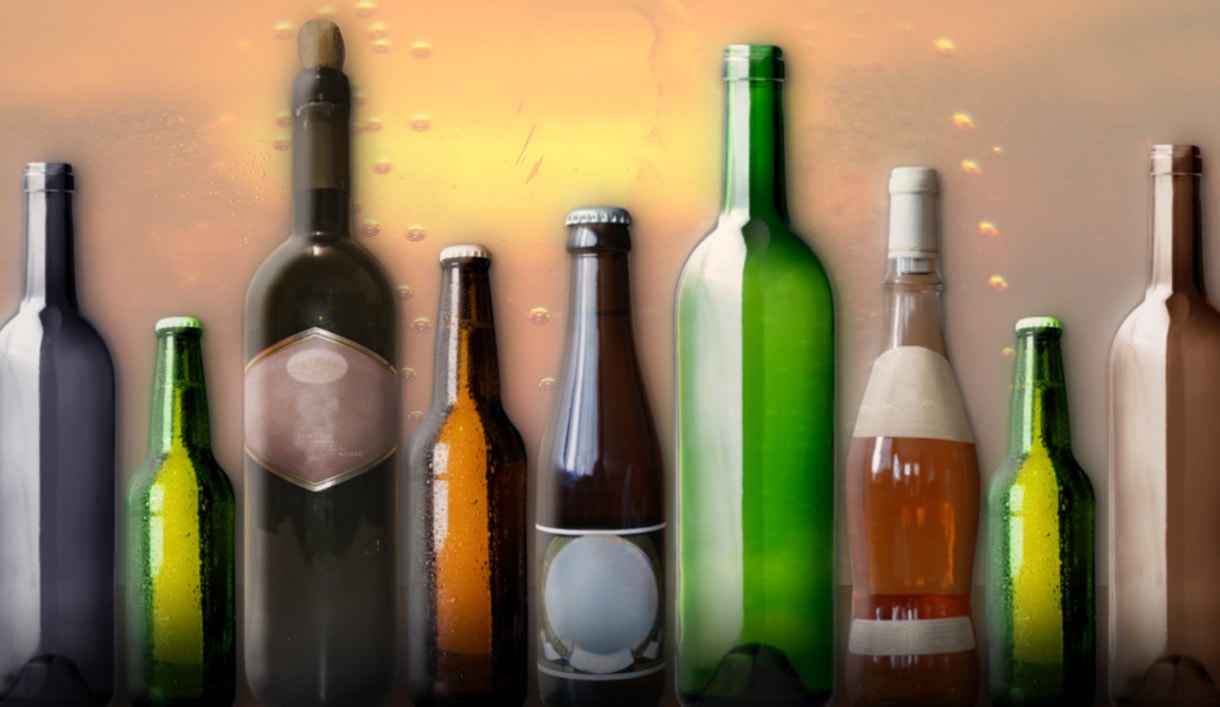
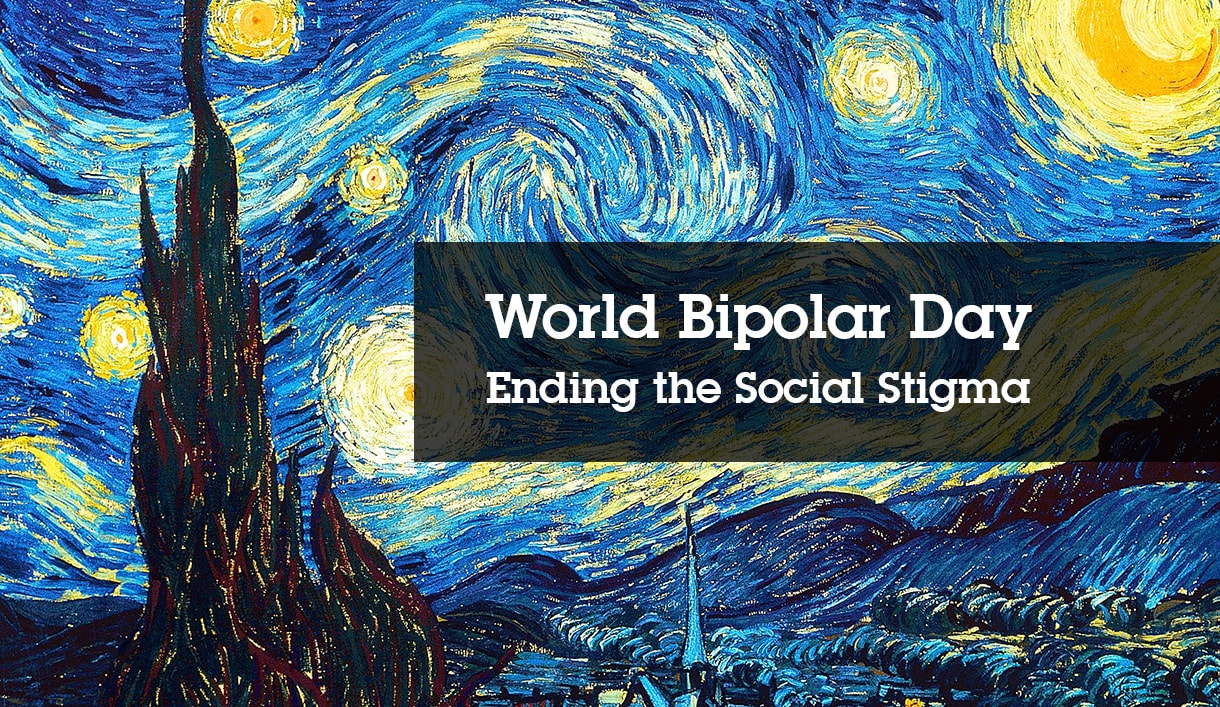
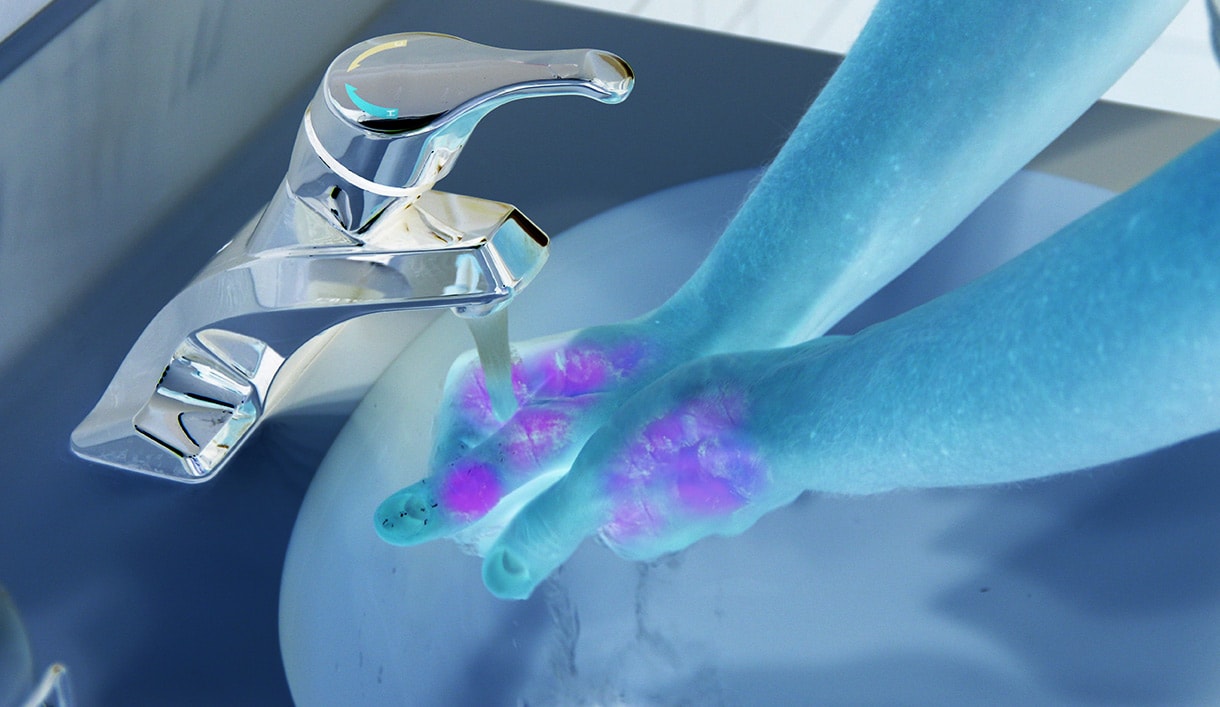
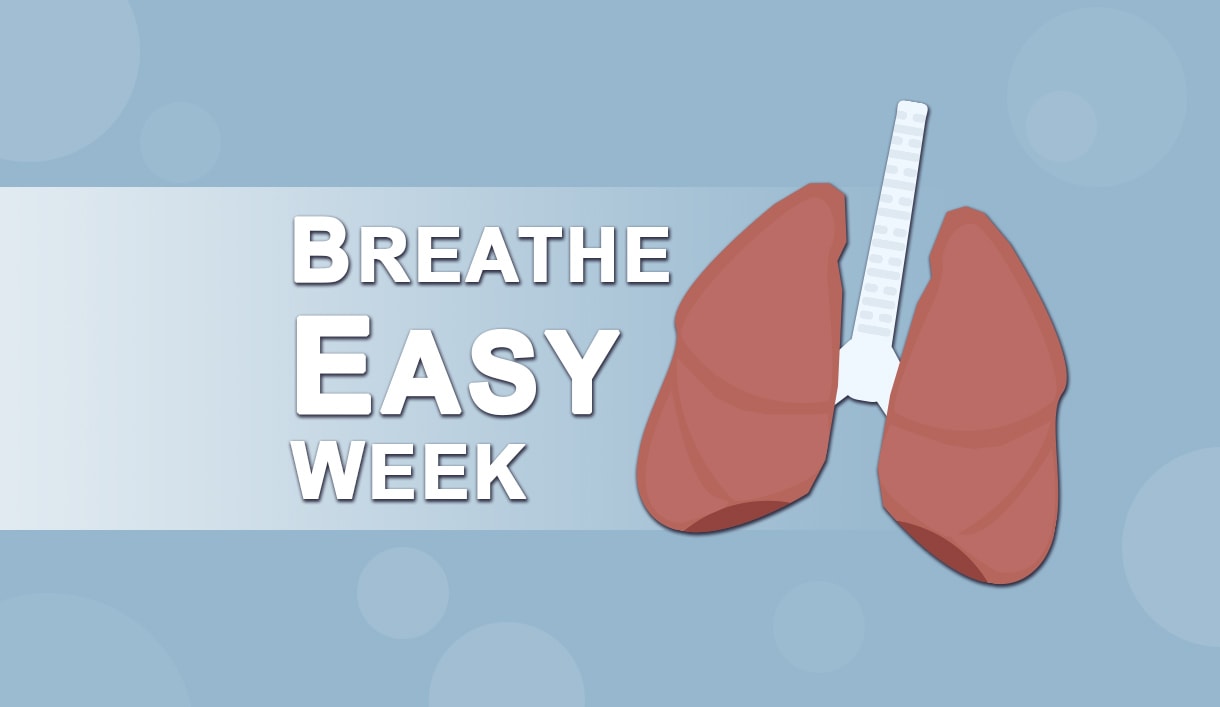
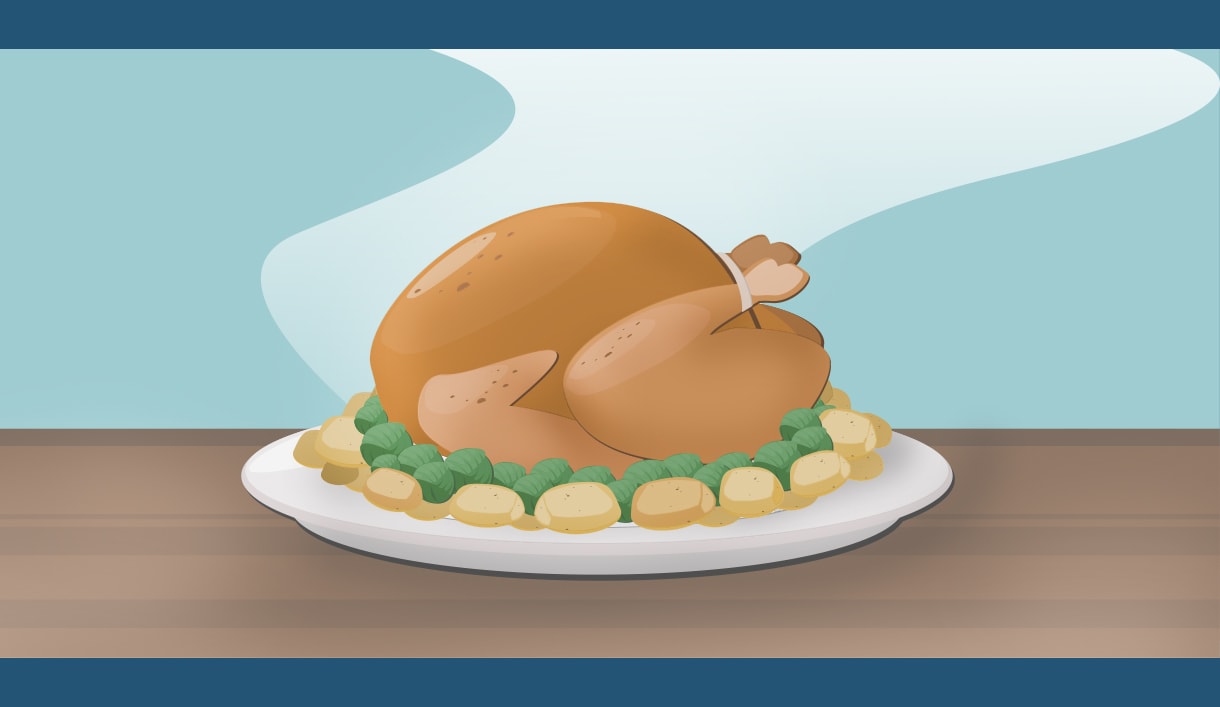
Leave a Reply
Want to join the discussion?Feel free to contribute!